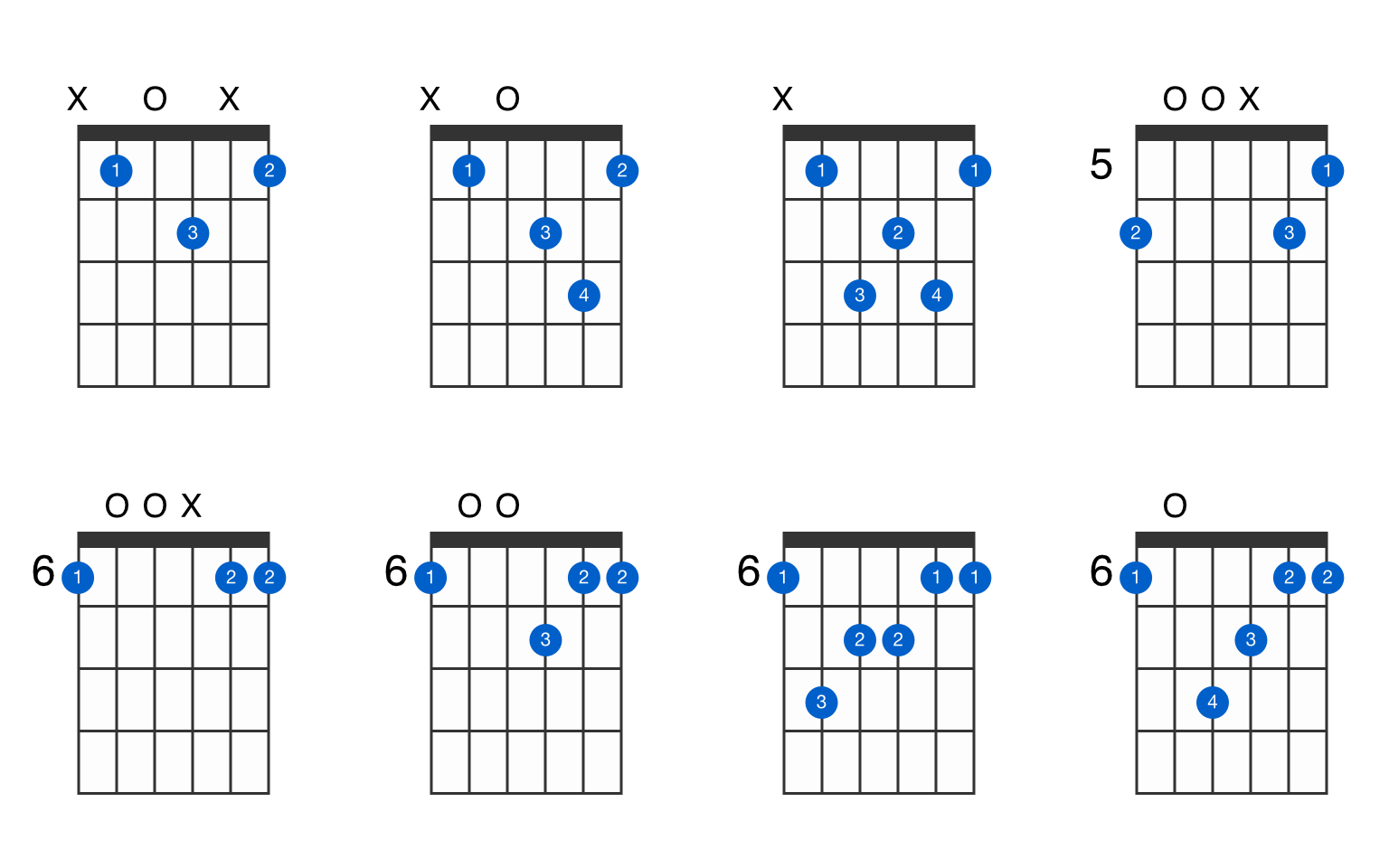


Middle finger: 3rd fret of the B (2nd) string Index finger: 3rd fret of the low E (6th) string Make sure you don't play the high E string. Strum five strings down from the low E string, muting the A string - a technique that carries over from the open version of this chord. Next, place your middle finger on the 3rd fret of the B string.įinally, place your ring finger on the 4th fret of the D string and slide your pinky over to the 4th fret of the G string. To play the Gmaj7 3rd position chord, start by placing your index finger on the 3rd fret of the low E string. The Gmaj7 open position is an easier progression for beginners, so once you’ve mastered that arrangement you can move to the Gmaj7 3rd position. Mute the A string and strum all six strings down from the low E string. Middle finger: 3rd fret of the low E (6th) string Index finger: 2nd fret of the E (1st) string Strum all six strings down from the low E string. Muting the A string can be accomplished by butting your middle finger slightly against the string from its position on the low E. Leave sthe B, G and D strings open, while muting the A string. Next, place your index finger on the 2nd fret of the high E string. To play the Gmaj7 open position, start by placing your middle finger on the 3rd fret of the low E string. Let’s learn two different ways to play the chord. This chord can be played a few different ways, using different finger positions along the fretboard. The Gmaj7 chord is predominantly found in blues and rock songs. Let’s take a look at how to play the Gmaj7. It’s a peaceful chord that has a full, hearty sound that leaves players and listeners feeling calm and satisfied. The G major seventh chord (often written as Gmaj7) is predominantly found in blues and rock songs due to its rustic warmth and tender resonance.


 0 kommentar(er)
0 kommentar(er)
